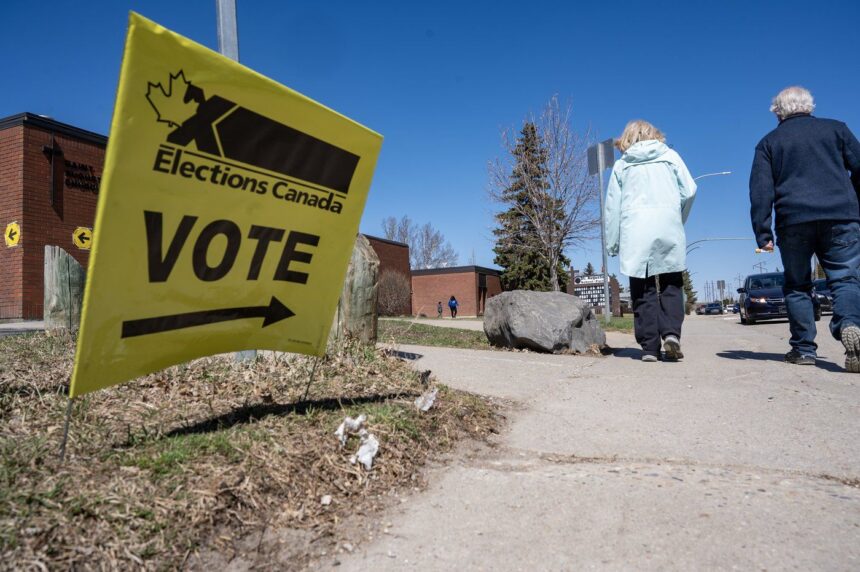The stark regional divides that have dominated Canadian federal elections for decades—often illustrated by maps showing vast swaths of “blue wall” Conservative ridings in the west and “red wall” Liberal strongholds in urban centers—may soon become relics of the past if electoral reform advocates have their way.
Recent polling suggests that nearly 67% of Canadians feel the current first-past-the-post system fails to adequately represent the country’s diverse regional interests, creating parliamentary compositions that amplify geographical polarization rather than fostering national unity.
“When you see election results where a party can win almost no seats in entire provinces despite earning significant vote shares there, it delegitimizes our democracy in the eyes of many citizens,” explains Dr. Samantha Leung, political scientist at the University of Toronto. “Regions feel excluded from power not because voters didn’t support governing parties, but because our electoral system effectively discards those votes.”
The mathematical distortions of our current system became particularly evident in the 2021 federal election, where the Conservatives won the popular vote nationally but secured fewer seats than the Liberals. In Alberta, the Conservatives captured over 55% of votes but won 93% of seats, while Liberal voters—representing nearly 15% of Albertans—received no representation whatsoever.
The Parliamentary Committee on Electoral Reform has recently revived discussions on potential alternatives, with proportional representation systems garnering significant attention. Under such systems, used in countries like Germany and New Zealand, parliamentary seats would more closely align with each party’s share of the popular vote across regions.
“Electoral reform isn’t just about fairness to political parties,” notes Reform Advocate Claire Michaels from Fair Vote Canada. “It’s about ensuring citizens don’t feel their votes are wasted simply because they live in a region dominated by another party.”
Critics of reform argue that proportional systems might weaken the direct connection between MPs and geographic constituencies, potentially undermining accountability. However, mixed-member systems could preserve local representation while adding proportionally-elected representatives to balance regional disparities.
Prime Minister Trudeau’s infamous abandonment of electoral reform promises after his 2015 victory continues to shadow discussions. Political analysts suggest that rising polarization has renewed urgency around the issue, particularly as regional economic disparities fuel resentment toward centralized power in Ottawa.
“When Alberta or Saskatchewan feels Ottawa doesn’t represent them, or when Atlantic Canada sees minimal cabinet influence despite overwhelming Liberal support, it fuels separatist sentiments and undermines national cohesion,” observes political commentator Jason Reeves, who regularly covers Canadian politics for major networks.
Economic considerations also factor heavily into reform discussions. Regions dependent on specific industries often feel policy decisions are made without adequate representation of their economic interests, creating cyclical disenfranchisement that electoral reform might address.
Parliamentary committee hearings scheduled for this fall will explore various models, including ranked-choice voting, single transferable vote systems, and mixed-member proportional representation. Public consultations across provinces have been announced, with particular focus on regions historically underrepresented in government.
As Canadians contemplate the future of their democracy, the fundamental question remains: can electoral reform bridge regional divides, or will entrenched partisan interests ultimately preserve a system that advantages established parties? For citizens watching from resource-dependent western provinces or economically struggling eastern communities, the answer may determine whether they feel truly represented in Canada’s democratic future.

























